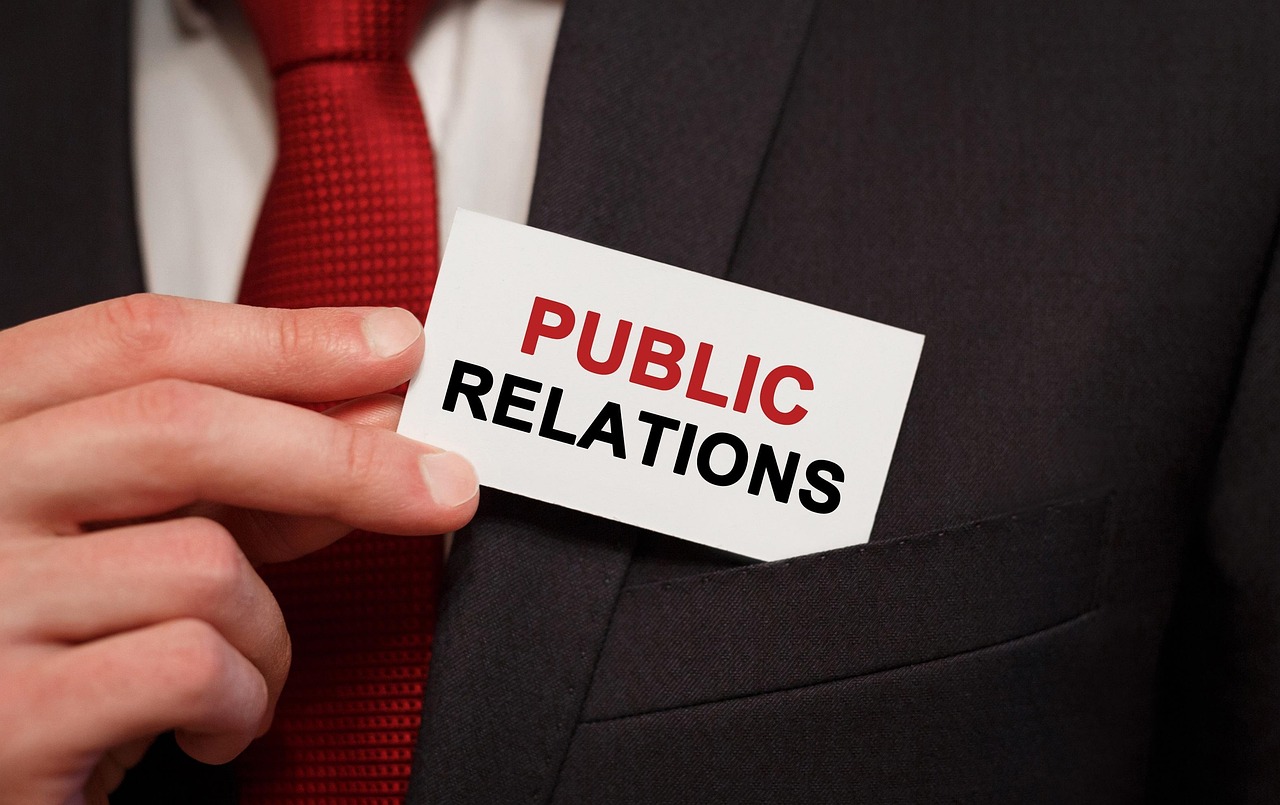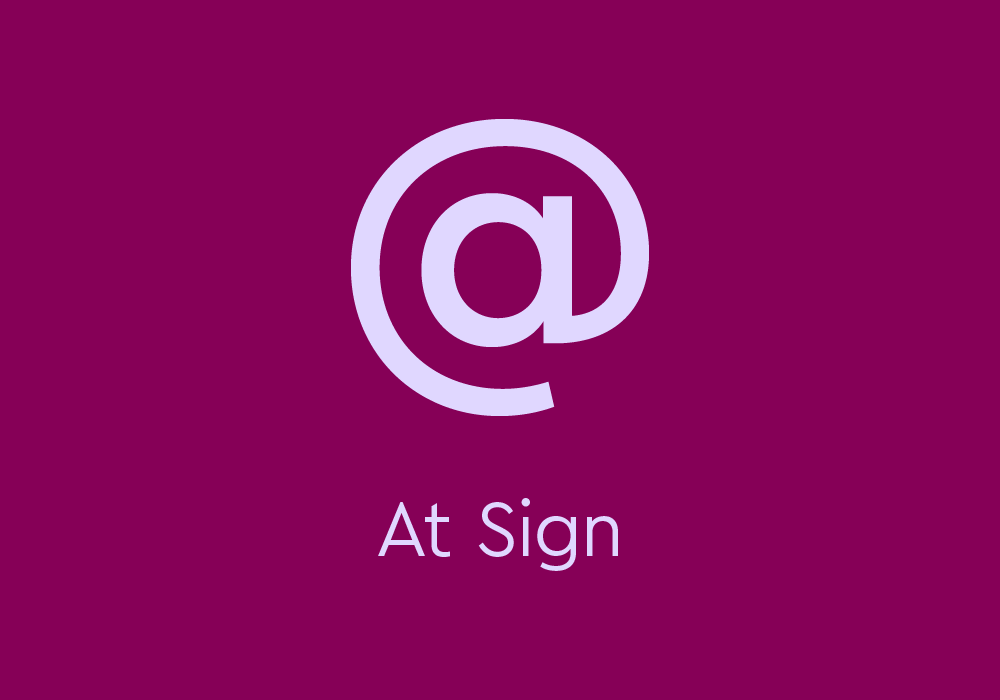The New Era of PR: Innovations Driving Advertising Success

In the current accelerated media landscape, PR advertising is being revolutionised. The old ways are no longer effective in garnering audience attention, and companies need to keep up with new trends to remain relevant. From harnessing local influence to developing experiential encounters, public relations is changing in various aspects. This article discusses five defining trends for the future of PR advertising.
Importance of Great Press Releases
Despite the arrival of digital and social media, press releases remain a chief part of effective PR. Crafting an effective press release takes more than just publicising news. It must have clear storytelling, compelling language, and timely applicability. Successful press releases can generate media content, enhance SEO results, and establish allowed leadership role within an industry. Effective releases also allow businesses to maintain communication consistency across media. In a period where information load is the norm, high-quality press releases separate a brand and ensure crucial adverts are conveyed to the applicable individuals with maximum impact.
The Rise of PR Boxes
PR boxes are a new favourite among brands for creating tactile experiences for influencers, journalists, and consumers. These boxes usually have products, personalised messages, and other interactive elements designed to create anticipation and excitement. With several senses activated, PR boxes leave a lasting impression and encourage social sharing. This is particularly perfect for new product launches or rebranding because recipients experience a brand physically in a manner that’s controlled and recalled. As consumer attention becomes increasingly fragmented, these experiential tactics offer a direct route to deep engagement.
Stronger Local Campaigns
One of the largest shifts in PR advertising is the focus on local-level campaigns, especially in countries like Australia. Businesses are increasingly interested in developing dispatches that appeal to the local position rather than simply employing broad, public efforts. By engaging the artistic sensibilities and tastes of specific communities, companies are better suited to develop stronger connections with their target audience. For instance, experts in public relations in Melbourne often emphasise community engagement through partnerships with local influencers, sponsorships of regional events, and location-specific storytelling. Such a hyper-localised approach not only creates credibility but also generates word-of-mouth advocacy, making campaigns more memorable and effective.
Integration of Data-Driven Strategies
A second key evolution in PR advertising is the incorporation of data analytics to drive campaign strategy. Brands now leverage audience insights, engagement criteria, and sentiment analysis to produce more targeted and effective campaigns. Through this data-driven approach, there’s eventuality for continual optimisation to make sure that campaigns resonate with the target followership. As well as drive outside ROI. By measuring performance at multiple touchpoints, PR professionals can make informed, data-driven opinions about timing, messaging, and channel selection. The integration of analytics not only drives effectiveness but also creates palpable evidence of a crusade’s success, strengthening stakeholder relations.
Emphasis on Authentic Storytelling
Modern audiences put more stock in authenticity and translucency, making storytelling an inestimable element of PR advertising. Brands are looking beyond standard promotional dispatches to tell stories about their values, brand, and client experiences. This humanises associations, establishing trust and emotional connection with audiences. Whether through video content or social media campaigns, storytelling enables brands to communicate in a way that feels authentic. By prioritising factual experience over bare transactional attempts at messaging, companies can establish long-term fidelity and set themselves apart in a competitive business.
All in all, the PR advertising landscape continues to evolve, driven by technological advancements and shifting consumer behaviours. Local campaigns, experiential PR kits, interactive press releases, data-driven programming, and authentic storytelling are shaping the way brands are communicating. By staking on these trends, companies can more effectively connect with their target audience and remain relevant in a competitive media landscape. As public relations campaigns continue to be introduced, businesses. That laboriously evolve will see stronger connections, enhanced brand character, and measurable results.








